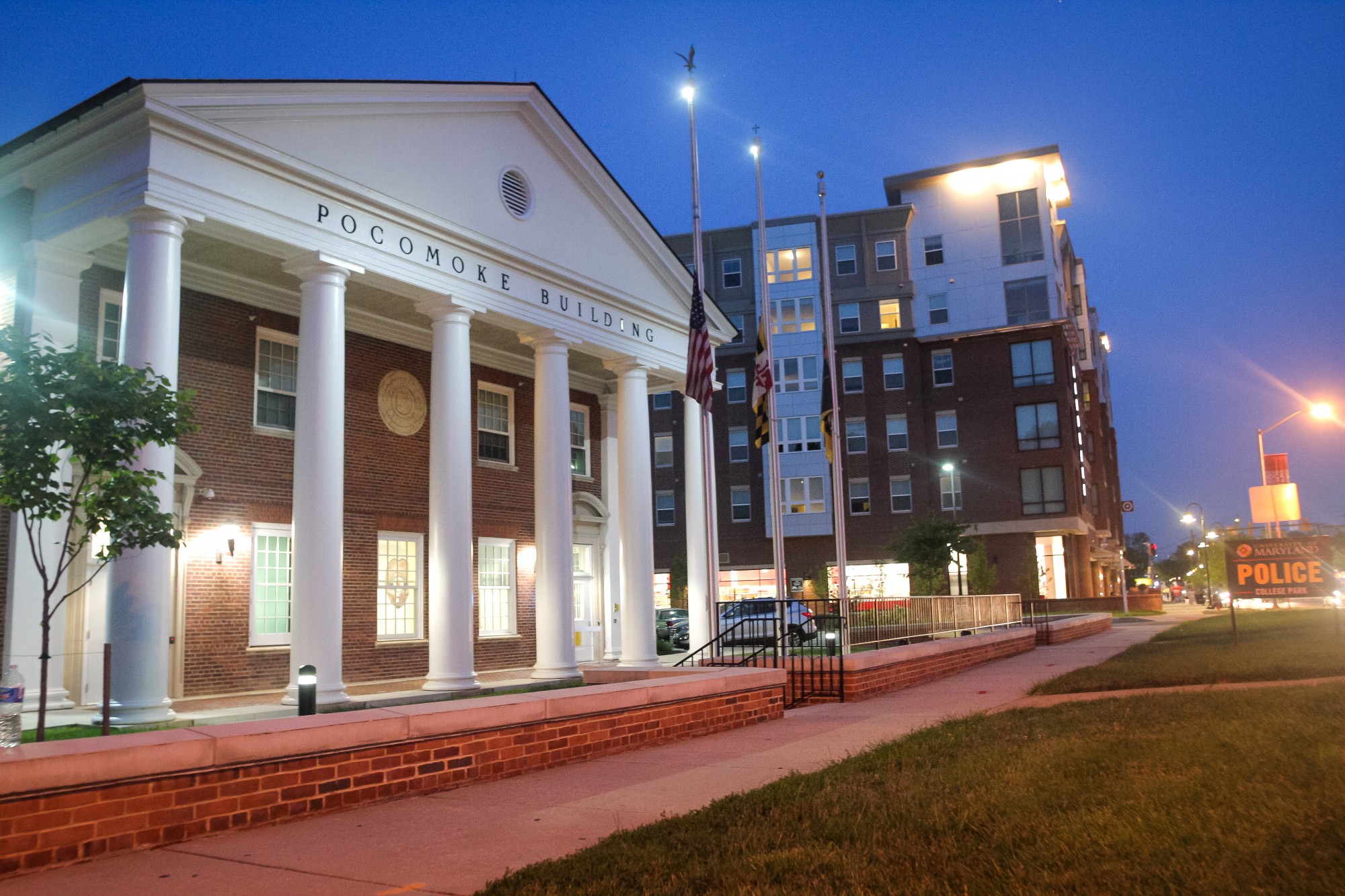University of Maryland SGA President AJ Pruitt and University Police Chief David Mitchell said they are working to develop plans in response to the violent protest in Charlottesville, Virginia.
The clash between white supremacists and counter-protesters in Charlottesville, home to the University of Virginia, left dozens injured. Heather Heyer, 32, was killed when a car plowed into a crowd of counter-protesters, and Lt. H. Jay Cullen, 48, and Berke M.M. Bates, 40, died when a Virginia State Police helicopter crashed nearby.
University President Wallace Loh said this university has “had a plan long before Charlottesville” but would not disclose it due to security reasons.
“We have plans for everything,” Loh said. “We have plans in case there’s an active shooter. We have plans in case of A, B, C, D, E. But as Mike Tyson famously said, ‘You can have all the plans in the world, but then you get punched in the face.’ And that’s what happened in Charlottesville.”
[Read more: After Charlottesville, UMD’s marching band will stop playing the pro-Confederate state song]
Mitchell said there were several precautions not taken in Charlottesville that could be implemented to protect students and prevent violence, while still allowing free speech to occur.
For instance, the school could rent magnetometers and place them at the entrance to the campus or protest location so no one with a weapon could enter. One of the most important things during a protest and counter-protest, Mitchell said, is to keep the groups separate.
“My experience tells me that when two opposing sides, particularly if they are armed — and it doesn’t have to be armed with a gun, if they’re carrying sticks or bats with a sign placard to it, that’s also a potential weapon — when they meet up and they’re not separated and kept separated violence is more likely than not going to occur,” he said. “And the situation then becomes worse.”
Protest violence near universities isn’t unique to Charlottesville. A fight broke out at the University of Michigan on Wednesday between a black student protester and an unidentified white man with opposing views in the street during a protest over racist vandalism found on the campus.
Mitchell said he has a strategy to prevent these types of situations. When he was head of the Maryland State Police and worked KKK protests, he would set up barricades and buses between the two sides so the two protesting groups couldn’t see or harm each other.
“We would take a similar approach here to keep groups separated,” he said.
However, Mitchell said if students are planning a protest or counter-protest, he wants to “work with a group, not against a group.”
“If someone is going to demonstrate on campus, [we ask] that we can meet with them beforehand, we can learn whatever their activities or plans [are]. If they’re going to march we need to protect them as they cross the streets or if they walk in part of the roadway,” Mitchell said.
[Read more: ‘It was like a bomb went off’: A Charlottesville witness shares his experiences]
Students for Justice in Palestine President Miranda Mlilo, who has attended and helped plan multiple protests, said she generally feels safe during campus protests. When University Police knows about an event ahead of time, they can be “helpful,” but in other instances, she “[doesn’t] think they take the surprises too well,” she said.
“I think the police assume the worst whenever there’s protesting, and they assume there’s going to be this huge conflict and all this clashing,” the junior environmental science and policy major said, “when in reality, people just want to go out there and talk about what’s bothering them and talk about some social justice issues … sometimes, I think they overreact to it.”
Mitchell said his force worked with protesters during the march in honor of Lt. Richard Collins, stopping traffic so students could walk down from Memorial Chapel to the bus stop where he was murdered.
Pruitt’s main preventative proposal is to permit outside white supremacy groups and other dangerous groups from entering the campus and renting spaces for their events.
There’s no legislation written yet, Pruitt said, but the Student Government Association is in the process of creating it and the issue is actively being discussed.
“I really believe that to hold an event on campus you should have a student group connected to it, or at least a student connected to it,” Pruitt said.
Erin Oakes, the president of the Young Democratic Socialists group on the campus, said police should “have a more obvious stance against hate speech” and “step more in the side of students being harassed.”
But when it really comes down to it, Pruitt said, the issue at hand is a matter of where the line is drawn between free speech and hate speech.
“I think that has been a line that has sort of been blurred by the past year, just because we haven’t had a definitive answer of what we’re going to allow as free speech but also when are we going to draw the line and protect students,” Pruitt said.
The line between free and hate speech is being considered by the President’s and University Senate’s Joint Task Force on Inclusion and Respect, commissioned after a school year that included the discovery of a noose, anti-immigrant chalkings and white supremacist posters on the campus, and ended in the murder of Collins, a black Bowie State University student.
Mitchell said University Police are prepared to handle any possible protest outcome, with backups from local and state police forces in town. “[They] can handle just about anything,” he said.
Loh said while this university has plans in place, “that doesn’t mean that these plans will necessarily work.”
“This is going to be around for a while,” Loh said.



